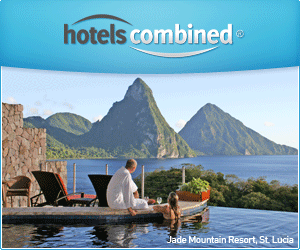Though not a great distance from the mainland, the Mentawai Islands and its people were kept isolated until the 19th century by strong winds, unpredictable currents and razor-sharp corals.
It’s thought that the archipelago separated from Sumatra some 500,000 years ago, resulting in unique flora and fauna that sees Mentawai ranked alongside Madagascar in terms of endemic primate population. Of particular interest is siamang kerdil, a rare species of black-and-yellow monkey, named simpai Mentawai by the locals.
The largest island, Siberut, is home to the majority of the Mentawai population and is the most studied and protected island in the archipelago. About 60% of Siberut is still covered with tropical rainforest, which shelters a rich biological community that has earned it a designation as a Unesco biosphere reserve. The western half of the island is protected as the Siberut National Park.
Pulau Sipora is home to Tua Pejat, the seat of regional government and a surfer drop-off point. The archipelago’s airport is located at Rokot. With only 10% original rainforest remaining, it’s also the most developed of the Mentawai Islands.
Further south are the Pulau Pagai islands – Utara (North) and Selatan (South) – which rarely see independent travellers.
Change has come quickly to the Mentawai Islands. Tourism, logging, transmigrasi (a government-sponsored scheme enabling settlers to move from overcrowded regions to sparsely populated ones) and other government-backed attempts to mainstream the culture have separated the people from the jungle and whittled the jungle into profit. It isn’t what it used to be, but it is a long way from being like everywhere else.
Surfers comprise the other island-bound pilgrims, many of whom rank the Mentawais as the ride of their life.
A magnitude 7.7 earthquake hit the islands in October 2010, with a resulting tsunami killing more than 500 people and making more than 8000 homeless in the archipelago's southern islands.
It’s thought that the archipelago separated from Sumatra some 500,000 years ago, resulting in unique flora and fauna that sees Mentawai ranked alongside Madagascar in terms of endemic primate population. Of particular interest is siamang kerdil, a rare species of black-and-yellow monkey, named simpai Mentawai by the locals.
The largest island, Siberut, is home to the majority of the Mentawai population and is the most studied and protected island in the archipelago. About 60% of Siberut is still covered with tropical rainforest, which shelters a rich biological community that has earned it a designation as a Unesco biosphere reserve. The western half of the island is protected as the Siberut National Park.
Pulau Sipora is home to Tua Pejat, the seat of regional government and a surfer drop-off point. The archipelago’s airport is located at Rokot. With only 10% original rainforest remaining, it’s also the most developed of the Mentawai Islands.
Further south are the Pulau Pagai islands – Utara (North) and Selatan (South) – which rarely see independent travellers.
Change has come quickly to the Mentawai Islands. Tourism, logging, transmigrasi (a government-sponsored scheme enabling settlers to move from overcrowded regions to sparsely populated ones) and other government-backed attempts to mainstream the culture have separated the people from the jungle and whittled the jungle into profit. It isn’t what it used to be, but it is a long way from being like everywhere else.
Surfers comprise the other island-bound pilgrims, many of whom rank the Mentawais as the ride of their life.
A magnitude 7.7 earthquake hit the islands in October 2010, with a resulting tsunami killing more than 500 people and making more than 8000 homeless in the archipelago's southern islands.























